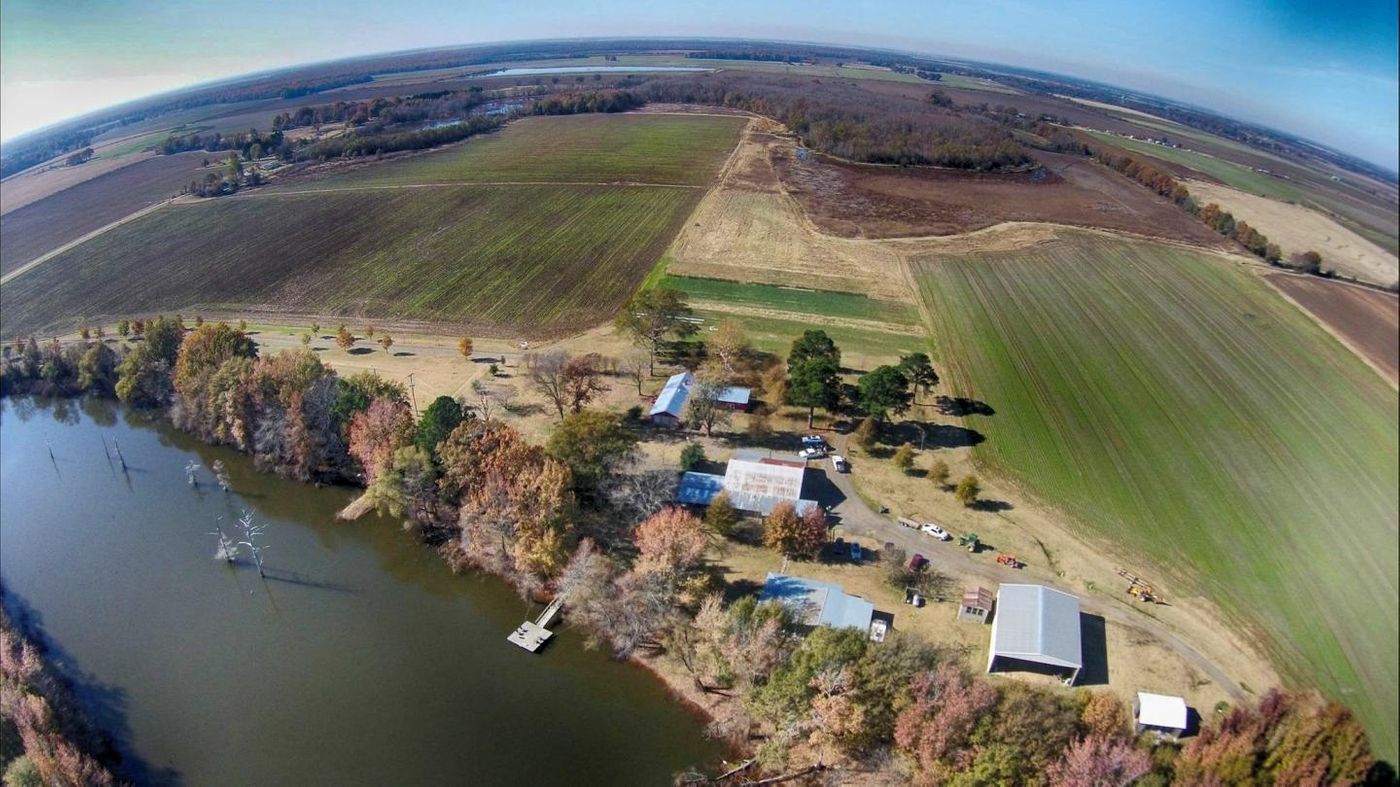It’s estimated that by 2050, there will be almost 10 billion people on the planet, and they will all need to be fed. That will require an increase of about 70 percent in food production, and people will have to find better solutions to that problem than industrial agriculture, which has already done some damage to parts of the ecosystem.
A farm in Arkansas is using science to try to improve agriculture, combining molecular biology, machine learning and other technologies and disciplines to reduce the use of chemical fertilizers while enhancing carbon uptake in soil. Research there aims to improve the land for long-term use while increasing yield from crops. A central piece of this work, by Scientists at the Department of Energy's Lawrence Berkeley National Laboratory (Berkeley Lab), the University of Arkansas and Glennoe Farms, is to understand how microorganisms contribute to soil health.
"Microbes are a critical component of soil health and productivity," explained scientist Ben Brown. "By understanding how microbes work and modifying the environments where they function, we can eventually engineer microbial communities to enhance soil productivity. What's more, Berkeley Lab's research is showing that healthy soils are more resilient to system shocks such as climate change, drought, and insects."
"Our farmers are dependent on a heavy prescription of genetically modified seeds, fertilizer, chemical herbicides, and pesticides to render a profitable crop," noted Jay McEntire, manager of Glennoe Farms. "For the farmer, this dependency raises their input costs and increases their economic risk. For the landowner depleted soils and chemical regimes represent risks for both economic and environmental sustainability."
The researchers are using work by Berkeley Lab's ENIGMA and Microbes to Biomes initiatives to develop so-called microbial amendments, which are like probiotics for soil and replace valuable nutrients. Industrial agriculture and fertilizer use has done harm and created a vicious cycle in some instances, as more and more chemicals are added to land in an attempt to make it fertile.
The planet has only so much phosphorous, a necessary nutrient, and the investigators believe microbes may be able to help maintain our supply. "The good news is, there are lots and lots of microbes that have enzymes called phytases that are capable of resolubilizing inorganic phosphorous," which is basically what is left after plants absorb what they require from the rock phosphorous, Brown said.
Microbial amendments aren’t a new concept, but an understanding of how the community of microbes in soil, the soil microbiome, impacts plant growth is not known.
"There are millions of species of microbes per cubic centimeter of soil," Brown said. "As you approach the plant root and its interior tissues, you go from millions to dozens. So plants do an exceptional job of farming their microbiomes. They release materials, including antimicrobial compounds, to selectively kill undesirable microbes, and they release food to incentivize beneficial microbes. It's a highly symbiotic and enormously complex interaction, and we understand almost nothing about it."
Cause-and-effect relationships can be difficult to tease out, however. "You're trying to connect events at timescales relevant to molecules to events that occur over the course of a six-month growing season," continued Brown. "You're trying to bridge something like 18 orders of magnitude across spatiotemporal scales. That is seriously nontrivial."
The researchers are using drones to solve that research challenge; they can detect a huge range of wavelengths. "The human eye has only three channels - red, green, and blue," said Wainwright. "You can see if a leaf looks yellow or green. But with hundreds of channels, you can measure carbon and nitrogen content, and you can tell a lot about plant health, plant disease, or leaf chemistry, all of which affect crop yield."
Machine learning will also be used to combine the drone data with electrical characteristics of soil, which affect soil microbes. "The team science approach pioneered at Berkeley Lab is being put to use to integrate all the information within the machine learning context," said Wainwright. "Our ultimate goal is to provide actionable intelligence to the farming community."
"All the private companies have a big incentive to lock their own data sets, so they can't be used in conjunction with other data sets," Wainwright said. "That's where the public sector, like Berkeley Lab, can step in. We're not incentivized by profit."
"We think it's a tractable problem, and we're hoping to prove it in the next year," Brown said.
Sources: AAAS/Eurekalert! Via Berkeley Lab









